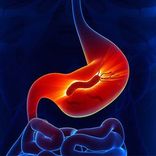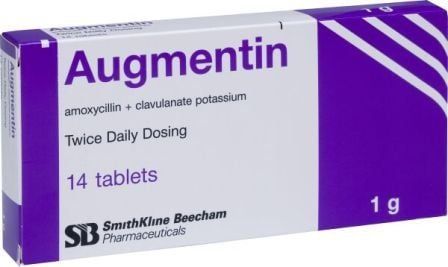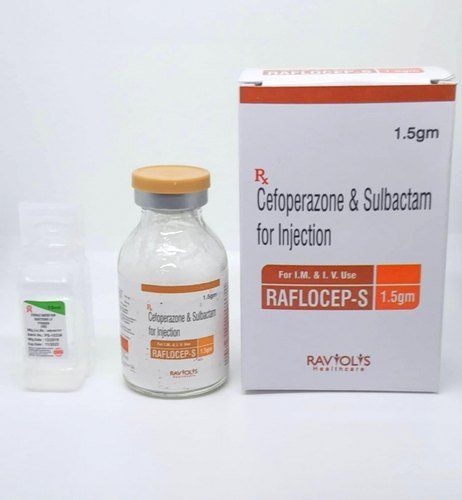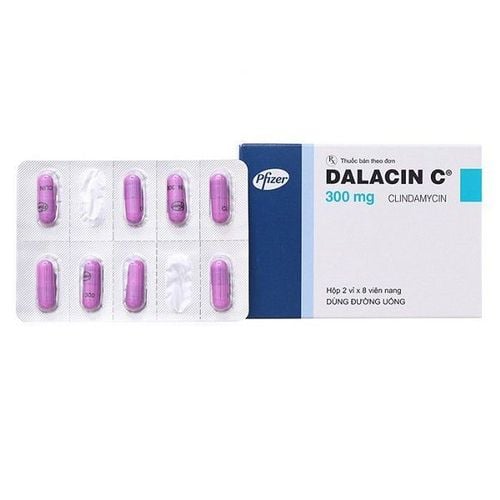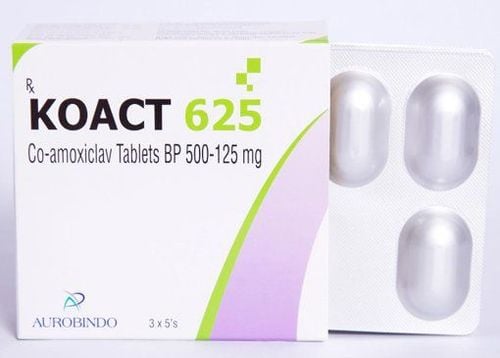This article has been professionally consulted by Pharmacist, Ph.D. Phan Quynh Lan, Director of the Pharmacy Division, Vinmec Health System – Head of Pharmacy Department at Vinmec Times City International Hospital.
Augmentin is a commonly prescribed antibiotic used to treat bacterial infections such as sinusitis, otitis media (middle ear infections), skin infections, and urinary tract infections.
1. What Is Augmentin?
Augmentin contains active ingredients that combine amoxicillin and clavulanate, making it a broad-spectrum antibiotic in the penicillin group. Amoxicillin (in the form of amoxicillin trihydrate) acts against disease-causing bacteria, while clavulanate (in the form of potassium clavulanate) serves as a beta-lactamase inhibitor, targeting strains of bacteria resistant to the penicillin group.
Augmentin is utilized to treat various infections caused by different bacteria, such as sinusitis, bronchopneumonia, middle ear infections, urinary tract infections, and skin infections.
2. Precautions When Using Augmentin
Augmentin is frequently prescribed to treat infections, but not everyone responds well to the medication.
Absolutely do not use Augmentin if the patient is allergic to any of its components (amoxicillin or clavulanate) or has had liver problems due to the medication’s effects in the past. Patients with a history of allergy to any of the following antibiotics must not use Augmentin: amoxicillin (Spamox, Curam, Aumoxtine), ampicillin (Unasyn, Bipisyn, Nerusyn), cloxacillin (Faclacin, Tazam), penicillin (Ospen, Benzathine penicillin).
The amoxicillin and clavulanate in Augmentin can pass into breast milk and be harmful for nursing infants. Therefore, mothers must not take this medication while breastfeeding unless they have consulted a doctor and received a prescription.

3. What Does Augmentin Treat?
Augmentin is indicated for short-term treatment of certain bacterial infections caused by strains sensitive to amoxicillin/clavulanate at the following sites:
- Upper respiratory tract infections (ear-nose-throat), such as recurrent tonsillitis, sinusitis, and otitis media
- Lower respiratory tract infections, including acute exacerbations of chronic bronchitis, lobar pneumonia, and bronchopneumonia
- Urogenital infections, such as cystitis, urethritis, pyelonephritis, female genital infections, and gonorrhea caused by Neisseria gonorrhoeae
- Skin and soft tissue infections
- Bone and joint infections, such as osteomyelitis, which often require prolonged treatment
- Other infections, such as infections after curettage, miscarriage, postpartum infections, and intra-abdominal infections
4. How to Use Augmentin
The dosage of Augmentin varies depending on the patient’s age, weight, health status, disease condition, and response to treatment. However, after taking one dose, any subsequent dose should be taken 8 to 12 hours apart. To maximize effectiveness, take Augmentin antibiotic at evenly spaced intervals and at the same times each day.
Continue taking the full course of medication, even if symptoms disappear after a few days. Stopping too soon may decrease the drug’s effectiveness, allowing bacteria to continue growing, causing infection recurrence and antibiotic resistance.
If signs of an allergic reaction to Augmentin appear, stop taking the medication and return for a follow-up examination. Notify your doctor to be switched to a more suitable drug and avoid potential serious consequences.
Visit the Vinmec International General Hospital website for more information about medications and health protection for different age groups.
Please dial HOTLINE for more information or register for an appointment HERE. Download MyVinmec app to make appointments faster and to manage your bookings easily.



